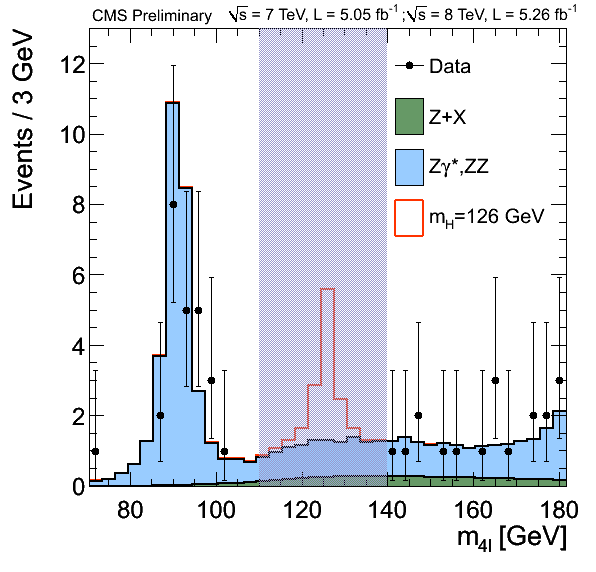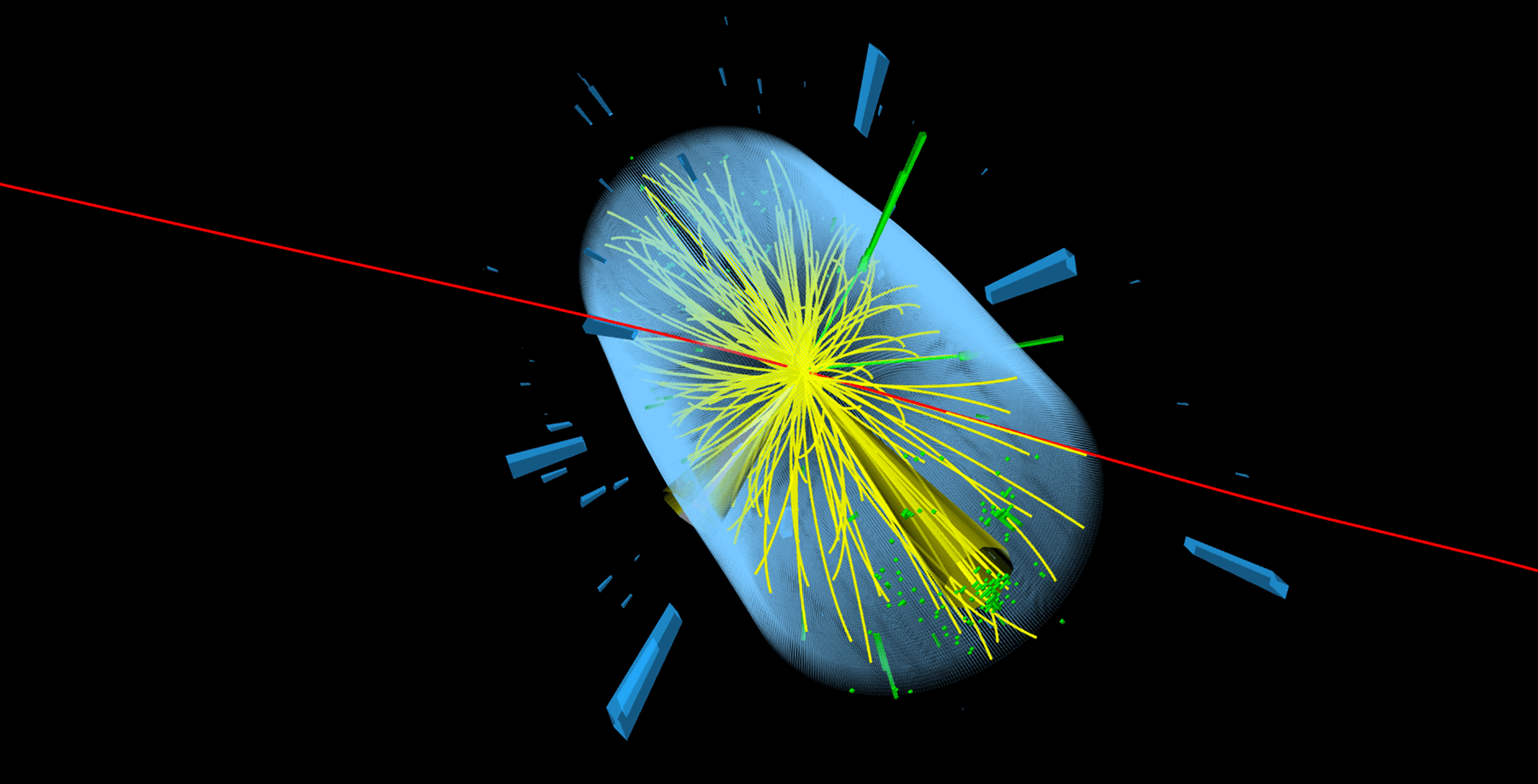
CMS performs searches for new particles by looking for signals amidst a background of known physics. If the data begin to indicate something more interesting than merely background - for instance, more decay events than expected in a certain region - it is important to make sure that the observation is statistically significant by collecting and analysing more data. However, we don't want to bias our analyses by optimising the analysis based on what was already seen. To avoid such bias while analysing new data, physicists draw "blinds” over the region where an excess of decay events is expected; this region is only "unblinded" when they are satisfied with their procedures. This ensures objectivity when it comes to looking for much-sought-after signs of new physics, and gives confidence in the ultimate result.
The procedure is similar to that used by medical researchers when testing a new treatment. Even though the Higgs boson was discovered a decade ago, we still employ this procedure for measuring the Higgs boson's properties - we still do not want to bias these measurements by optimising towards deviations from the standard model expectations! All of the available data, including those in the blinded region, are used in the analysis; you just don’t peek at this region to see how it changes as you tweak various selection criteria. In many of the on-going searches and measurements, data corresponding to a possible signal look very similar to data corresponding to background.
Therefore, once the analysis is blinded, physicists must optimise two things: 1) simulations, to help determine the criteria for selecting signals and 2) the methods for rejecting or quantifying background events using data from the region where there is no excess. To cross-check all the details, the various steps involved in the analysis procedures are usually carried out by at least two independent teams. If both teams see similar results in the background region, the analysis is signed off by the wider collaboration. It is only after the sign-off that the signal region is unblinded. The results of the unblinding are put through further scrutiny by the collaboration before being made public.
- Printer-friendly version
- Log in to post comments




